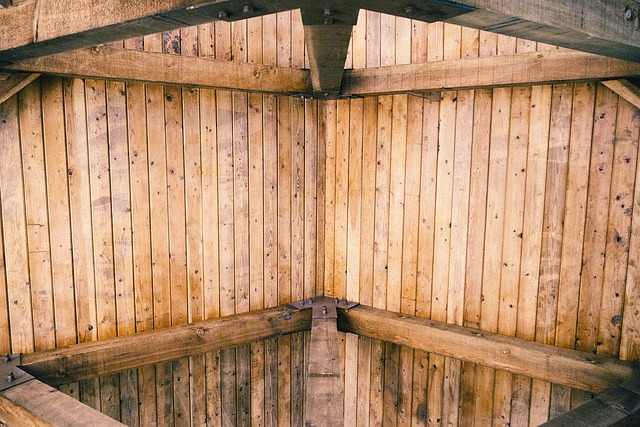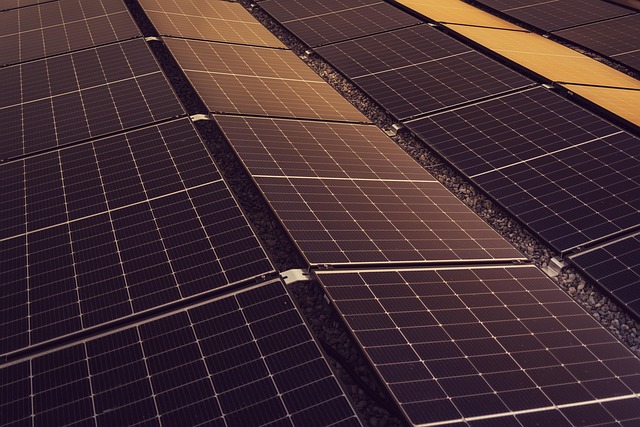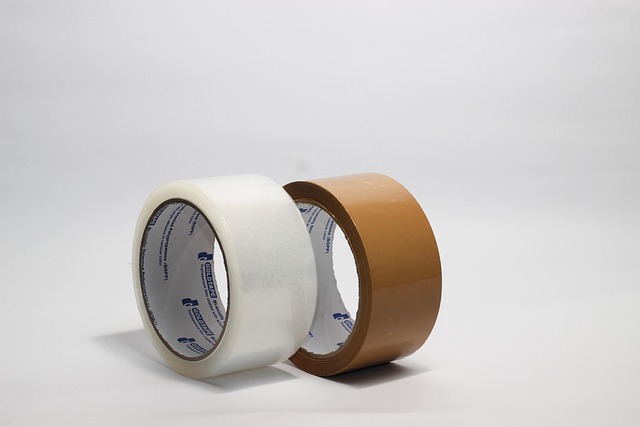Glue Laminating Technology (GLT) produces glue laminated beams (glulam) as a superior sustainable building material to steel. Glulam offers better strength-to-weight ratios, lower ecological footprints through responsible lumber sourcing, and reduced carbon emissions during production. Life Cycle Analysis confirms glulam's environmental advantage over steel. Its biodegradable nature and energy-efficient manufacturing make glulam an eco-friendly choice with minimal maintenance needs, ideal for green buildings and infrastructure.
In the pursuit of sustainable construction, glue laminated beams (glulam) offer a compelling alternative to traditional steel beams. This article delves into a comprehensive life cycle assessment (LCA) comparison between glulam and steel, exploring key environmental impacts from raw material extraction to disposal. We examine the materials and properties defining these materials, their manufacturing processes, structural performance, and end-of-life recycling potential. By weighing these factors, we uncover the sustainability advantages of glulam as a game-changer in the industry’s quest for eco-friendly solutions.
- Defining Glulam and Steel Beams: Materials and Properties
- Environmental Impact: Raw Material Extraction and Processing
- Life Cycle Analysis: Manufacturing and Installation
- Durability and Service Life: Structural Performance Comparison
- Disposal and Recycling: Sustainable End-of-Life Considerations
Defining Glulam and Steel Beams: Materials and Properties
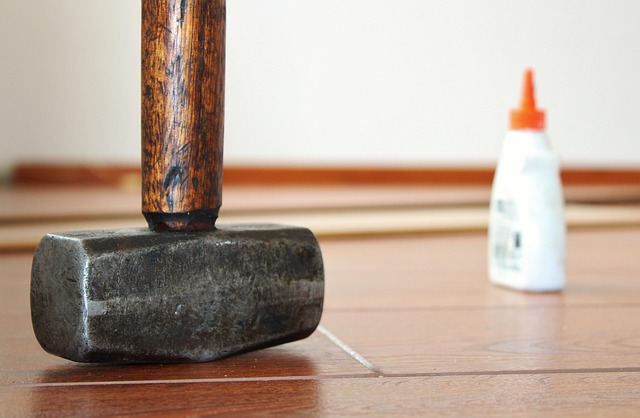
Glue laminating technology combines multiple pieces of wood to create glue laminated beams (glulam), a strong and durable structural component. This sustainable building material offers excellent strength-to-weight ratios, making it a popular choice for modern construction projects. Glulam’s production involves gluing together veneers or strips of wood, resulting in a beam with enhanced mechanical properties, such as high compressive and shear strength.
In contrast, steel beams have long been a cornerstone of the construction industry due to their exceptional strength and versatility. Steel is a recycled material, which contributes to its sustainability profile. However, compared to glulam, steel production entails higher energy consumption and carbon emissions, impacting its environmental footprint. When considering laminated beams vs steel strength, glulam often emerges as a more sustainable option, particularly when focusing on the entire lifecycle, from manufacturing to disposal or recycling. By choosing sustainable building materials options like glulam, construction projects can contribute to carbon footprint reduction with beams, aligning with global efforts to create greener buildings and infrastructure. To learn more about these innovative structural solutions, visit us at unalam.com.
Environmental Impact: Raw Material Extraction and Processing

The environmental impact of any construction material begins with the extraction and processing of raw materials, which plays a significant role in assessing their sustainability. In the case of glulam (glue laminated wood) and steel, this phase offers an insightful comparison regarding their ecological footprint. Glulam, made from glue laminated beams, prioritises sustainable material innovation by sourcing lumber responsibly. This involves ensuring proper forest management practices to maintain a constant supply of high-quality, locally sourced wood, contributing to the overall sustainability of glue laminated beams. On the other hand, steel production relies on extracting and refining iron ore, a process that significantly contributes to greenhouse gas emissions and energy consumption, making it less carbon neutral building supplies compared to glulam.
By focusing on environmentally conscious practices, glulam offers an attractive option for those seeking eco-friendly construction solutions. Sourcing sustainable lumber for buildings is not just a trend but a crucial step towards reducing the industry’s environmental impact. For more insights into how glulam promotes sustainability, visit us at unalam.com anytime.
Life Cycle Analysis: Manufacturing and Installation
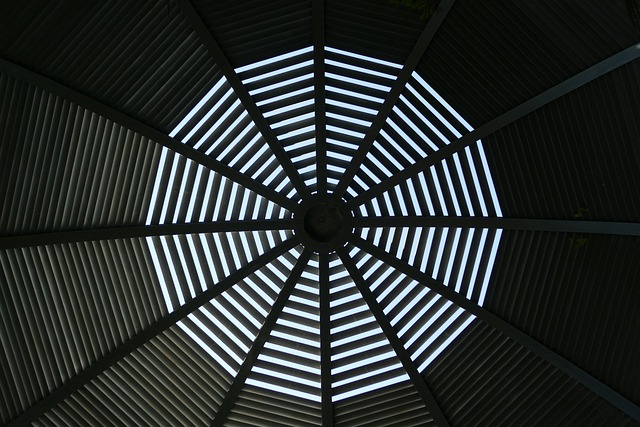
Life Cycle Analysis (LCA) is an essential tool for evaluating the sustainability of construction materials, and when comparing glulam (glue-laminated beams) to steel, it’s crucial to examine their manufacturing and installation processes. Both materials have distinct environmental implications at each stage.
In terms of production, glulam has a lower carbon footprint compared to steel due to its sustainable sourcing and the efficient use of wood resources. The glue-lamination process itself is relatively eco-friendly, reducing the environmental impact of manufacturing. On the other hand, steel production involves high-energy consumption and generates significant amounts of greenhouse gases, contributing to a larger carbon footprint. However, when considering the entire life cycle, glulam’s advantages become more evident, especially in terms of carbon footprint reduction with beams, as it offers a more sustainable solution for low-environment impact construction solutions and eco-friendly architectural choices. To learn more about these innovative materials, visit us at unalam.com.
Durability and Service Life: Structural Performance Comparison

When comparing glulam and steel for structural applications, one key aspect to consider is durability and service life. Glulam, or glue-laminated beams, are known for their exceptional strength-to-weight ratio and long-term stability. The sustainability of glue laminated beams makes them an attractive option in the pursuit of biodegradable building frameworks, as they can be sourced from renewable resources and manufactured with minimal waste. In contrast, steel structures have traditionally been associated with longevity and resilience, but they may require more frequent maintenance and repairs over time.
In terms of structural performance, glued wood structures offer a compelling alternative to concrete structures, demonstrating excellent resistance to both lateral and axial loads. Their durability is further enhanced by the use of advanced manufacturing techniques and high-quality adhesives, ensuring that glulam products can withstand harsh environmental conditions for extended periods. To learn more about how glulam compares to steel and explore the benefits of long-lasting glued wood structures, give us a call at (607) 369-9341.
Disposal and Recycling: Sustainable End-of-Life Considerations

When comparing glulam and steel for construction purposes, the end-of-life considerations become increasingly important in discussions around sustainability. Both materials offer unique advantages, but their disposal and recycling capabilities set them apart when aiming for environmentally friendly practices. Glulam, a biodegradable building framework, presents an appealing low-environment impact construction solution. Its natural origins allow it to decompose safely without leaving behind toxic remnants, unlike steel.
While recycling rates for steel are high, the energy-saving wooden beam design of glulam provides an alternative that minimizes environmental strain throughout its life cycle. To learn more about how your construction choices can promote sustainability, give us a call at (607) 369-9341.
In comparing the life cycle assessment (LCA) of glulam and steel beams, glue laminated beams (glulam) demonstrate significant advantages in terms of environmental sustainability. From raw material extraction and processing to manufacturing, installation, and end-of-life disposal, glulam outperforms steel in minimizing environmental impact. Glulam’s superior structural performance and extended service life further enhance its appeal as a sustainable building solution. Thus, adopting the sustainability of glue laminated beams can contribute to greener construction practices and help navigate towards a more environmentally friendly built environment.




